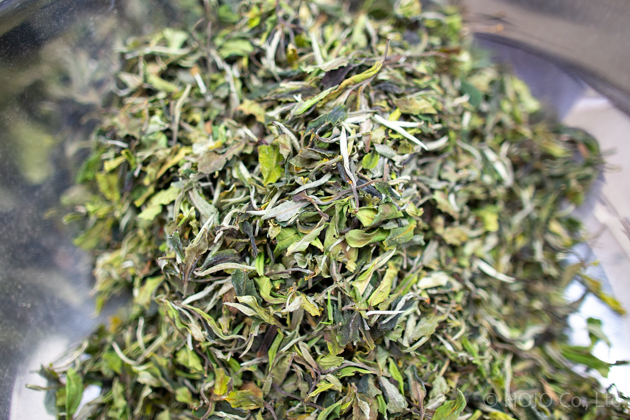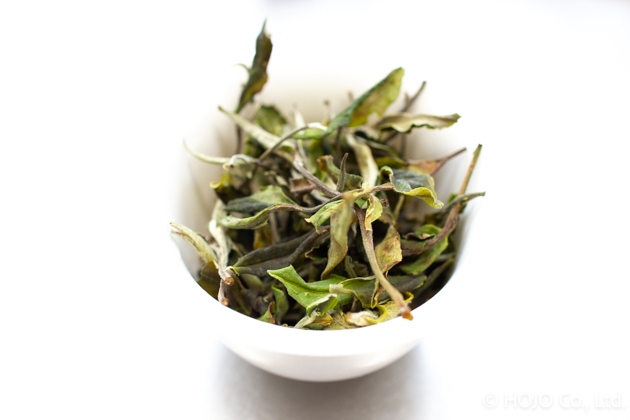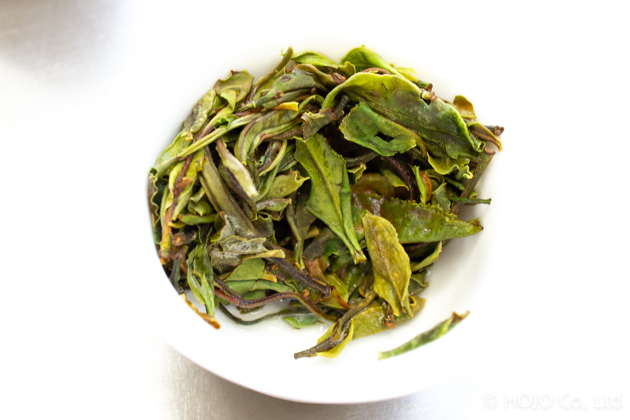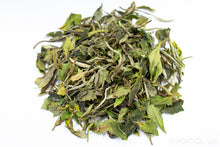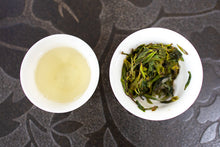This tea garden has two key characteristics:
1. Tea garden situated at an altitude of 2200-2300m
2. Completely wild and untended tea garden
The tea grown here benefits from an ideal environment, resulting in exceptional quality. What truly stands out is its clean, clear flavor and a soft, wholesome taste.
High Altitude and Wild Tea Garden
Altitude plays a crucial role in determining the quality of tea, and this principle extends to many other crops as well. The higher the altitude, the better the tea tends to be, provided all other conditions are equal. At higher elevations, cooler temperatures and thinner air slow down the tea plants' growth, allowing them to develop more concentrated flavors and aromas. This results in a more pronounced aftertaste, a richer fragrance, improved clarity in the flavor profile, and a finer, more nuanced taste. Higher altitude teas often display a complexity and depth that sets them apart, offering a more refined and lasting tea experience.

Harvesting in a Remote, Untended Tea Garden That Even Experienced Tea Pickers Avoid
Since its initial release in 2020, we have deliberately refrained from launching the High Mountain White Tea for several years. The primary reason for this was the extreme difficulty of harvesting the tea. The tea garden, located far from the nearest village and overgrown with dense brambles, became an impractical site for most tea pickers. Despite the tea garden’s ideal conditions for producing high-quality tea, the physical challenge of navigating the rugged terrain deterred potential harvesters.
This year, however, circumstances changed. As we were residing in Yunnan, we took the opportunity to engage in persistent negotiations with local tea pickers. Understanding the unique value of the garden, we offered higher wages than usual to assemble a team willing to undertake the challenging task. Thanks to these efforts, we were able to resume harvesting from this tea garden, bringing the High Mountain White Tea back into production after a long hiatus.

Lady tea pickers on their way home after tea picking
Muscatel Flavor Formed by Leafhoppers
In the wild tea garden, a variety of plants flourish alongside the tea trees, creating a rich ecosystem that attracts many insects, including leafhoppers, which are particularly fond of tea leaves. When leafhoppers feed on the tea leaves, the leaves turn a yellowish color, similar to a banana peel, and release a subtle muscat-like aroma, known as Mi Xiang (Muscatel Flavor).
In its fresh state, however, this muscatel flavor is quite delicate, giving way instead to a refreshing, sweet scent reminiscent of young grapes or fresh green apples. Based on experience, cold brewing enhances its flavor profile, bringing out its full deliciousness, with a fragrance similar to shiso leaf, adding a unique depth to the tea's aroma and taste.
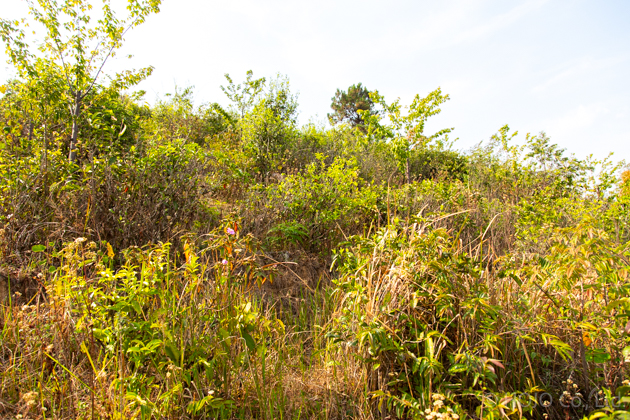

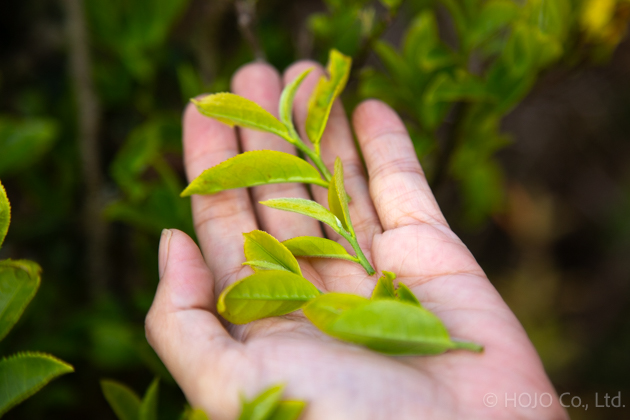
Aged Aroma Formed Over Several Years
As High Mountain White Tea ages, its Mi Xiang (Muscatel Flavor) becomes increasingly prominent, eventually evolving into a fragrance akin to that of Oriental Beauty tea. Unlike raw Pu-erh, white tea ages more rapidly, with its aged aroma emerging within just a few years. This aging process enhances the tea's complexity, adding layers of sweetness and depth that continue to develop over time.
To ensure this transformation, proper storage is essential. The tea must be kept in an oxygen-free environment to preserve its freshness and allow its flavors to mature. We take great care in shipping our tea in oxygen-free packaging, which creates ideal conditions for aging, resulting in a richer, more nuanced sweetness as the years go by.
